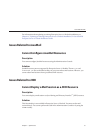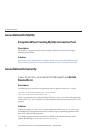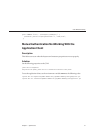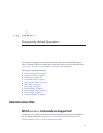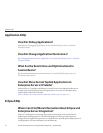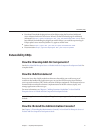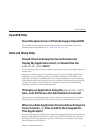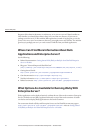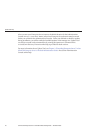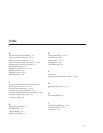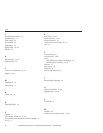
Response: Place them in the domain/lib directory, or in glassfish/lib. If those bundles are
OSGi bundles, you should place them in the glassfish/modules directory. If you want to
package your own set of jar les with the Rails application, instead of copying the jars in the
glassfish/lib or glassfish/modules directory, you might want to use Warbler. The Warbler
gem lets you package your own jars and creates a WAR le from your Rails applications.
Where Can I Find More Information About Rails
Applications and Enterprise Server?
See the following:
■
Related documentation: Getting Started With JRuby on Rails for Sun GlassFish Enterprise
Server v3 Prelude
■
Blog post: “New and Improved GlassFish Gem”
(
http://weblogs.java.net/blog/vivekp/archive/2008/11/new_and_improve_1.html)
■
Getting Started Guide:
http://wiki.glassfish.java.net/Wiki.jsp?page=GettingStartedGuide
■
Gem documentation: http://glassfishgem.rubyforge.org
■
Warbler information: http://caldersphere.rubyforge.org/warbler/
■
Related screencasts: http://wiki.glassfish.java.net/Wiki.jsp?page=Screencasts
What Options Are Available for Running JRuby With
Enterprise Server?
JRuby applications can be deployed natively, without the use of the servlet container. Enterprise
Server v3 Prelude can run JRuby applications directly on top of the servlet container. Warbler
can also be used to deploy JRuby applications to the servlet container.
For screencasts related to JRuby and Enterprise Server, see the GlassFish screencasts page at
http://wiki.glassfish.java.net/Wiki.jsp?page=Screencasts. Also see Getting Started
With JRuby on Rails for Sun GlassFish Enterprise Server v3 Prelude
.
Railsand JRubyFAQs
SunGlassFishEnterpriseServerv3PreludeTroubleshootingGuide • November200844





